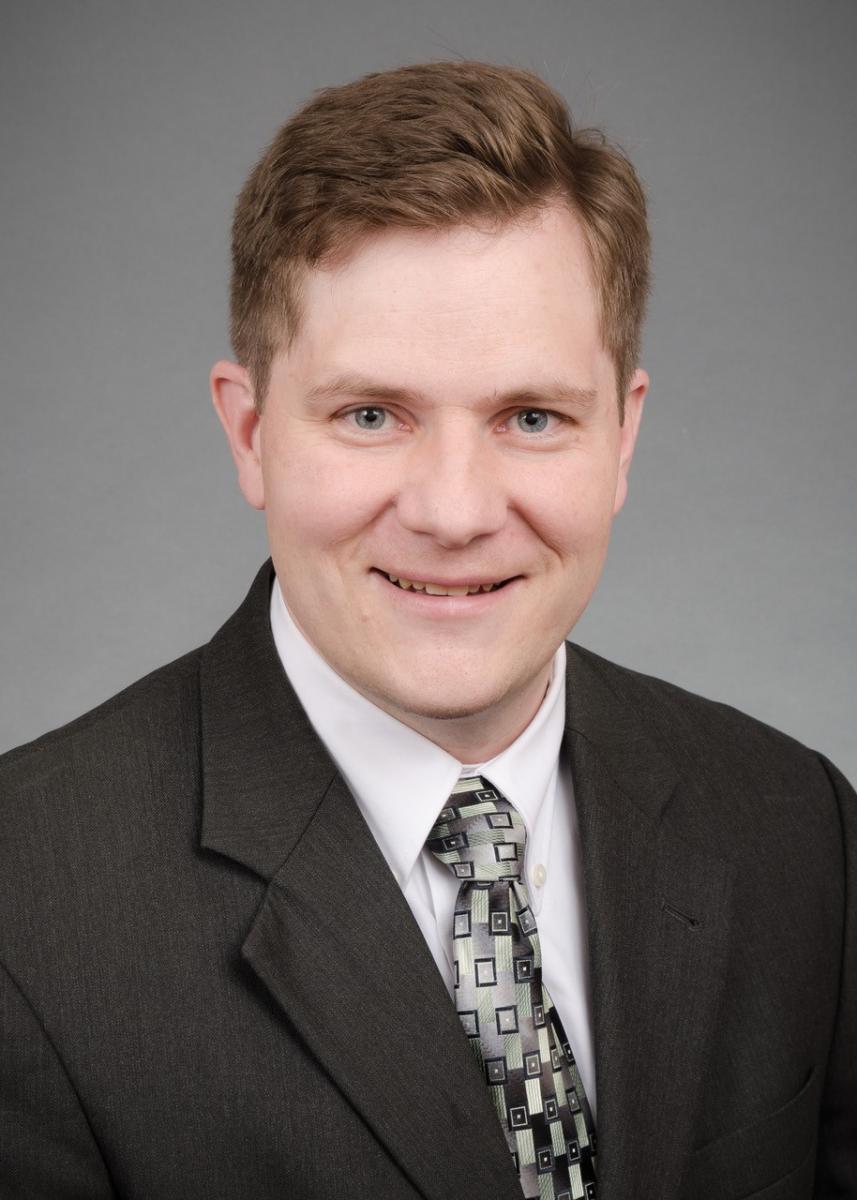By Brian Shirts MD, PhD, Damon Runyon Innovator, University of Washington
The Damon Runyon Cancer Research Foundation recently asked some of our current award recipients how cancer will be prevented, diagnosed, and/or treated differently in the future. What can a future cancer patient, say 10-20 years from now, expect to experience? Their responses were fascinating, and over the next few months we will share their visions for the future on this blog.
Cancer susceptibility is built into our genome, and scientists are rapidly unpacking the general genetic underpinnings of cancer. However, we are finding that every individual has a unique genetic cancer predisposition based mostly on his or her unique family background.
In the past it would take a researcher several years to uncover the meaning of a new variant in a known cancer predisposition gene.
Today, with next generation sequencing we are finding that there are more new family-specific genetic variants in the human population than there are researchers or grants to fund that research.
In the future, what is now considered cutting edge genomic research will be democratized, so that every family will be able to explore the unique genomic variants shared by family members, and use this information to determine their distinctive family-specific cancer risk profile.
With freely available education about cancer genetics paired with a widespread ability to identify and classify genetic variants unique to a single family will accelerate cancer genome science and improve tailored cancer prevention. The Damon Runyon Cancer Research Foundation is funding online patient education tools to make it possible for patients to play an active role in classifying their variants of uncertain significance.
We cannot comprehend the potential pace of cancer genetics research amplified by millions of families uncovering the meaning of genomic events that drive their unique cancer risk.








